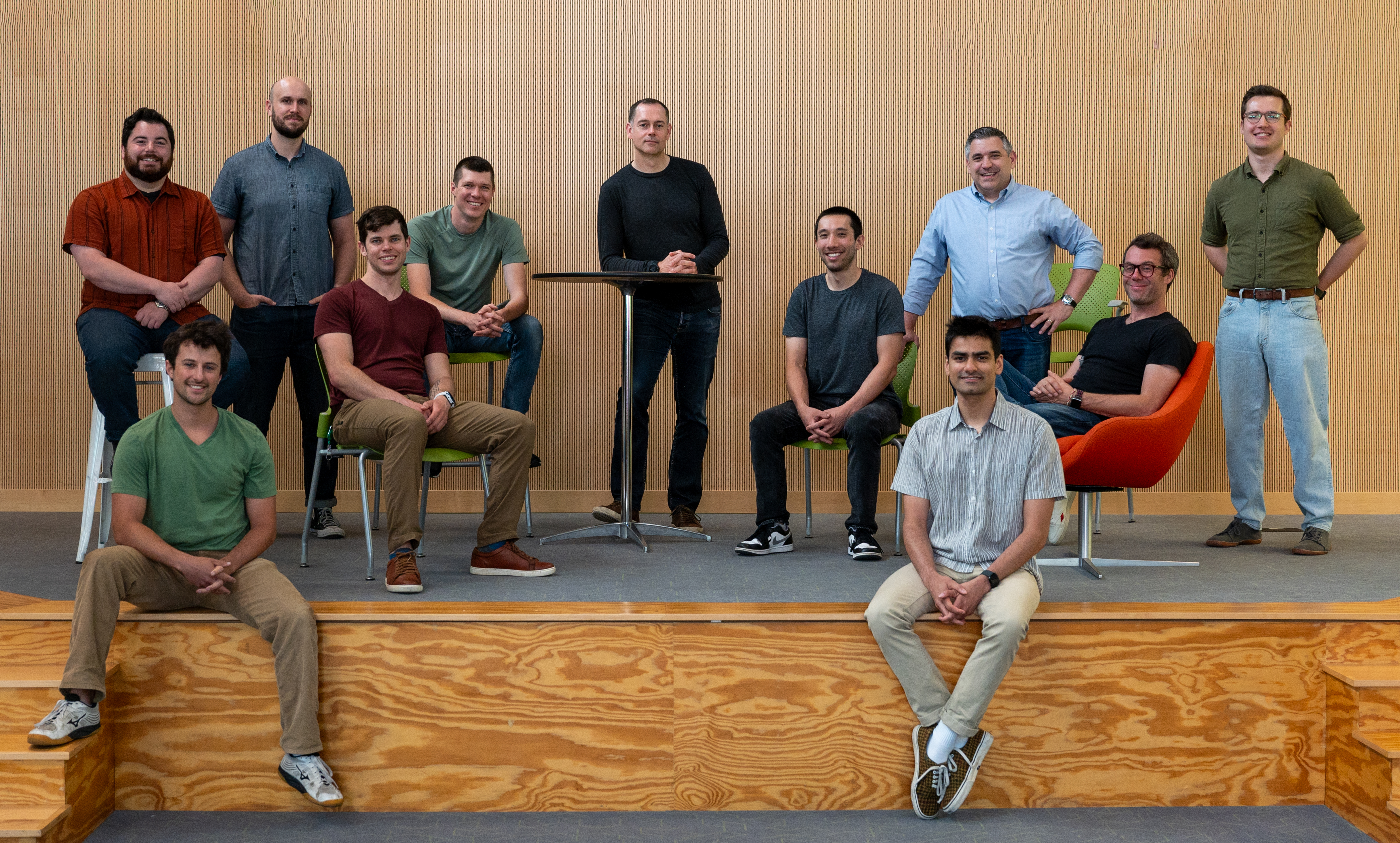A Q&A with Michael of Cala Systems
Many homeowners who have heat pumps use them to heat and cool their homes. But a heat pump can also be used to heat water — either as a stand-alone water heating system, or as a combination water heating and space conditioning system. But, many of the heat pump water heaters (HPWHs) on the market today are all the same — and have been the same for many decades. Cala Systems was founded in 2020 to disrupt the traditional offerings by giving consumers something more affordable, emissions-free and energy efficient.
Cala maximizes the flexibility of your hot water tank by adjusting when, how quickly, and to what temperature your water is heated. Cala heats at the most efficient speed, generates more hot water before periods of high demand, uses electricity when your home solar system is operating or the electric grid is cleanest, and more — all without compromising on comfort.
Fresh off the heels of their product launch and funding announcement, we sat down with co-founder and CEO, Michael Rigney, to hear more about his personal and professional journey in building a new piece of connected hardware for the home. And, if your curiosity is especially piqued, Cala is now available for preorder on their website, with initial deliveries expected in the first half of 2025.
How do you raise consumer and public awareness about the cost and energy savings that come with a new, intelligent heat pump system?
As an innovative company dedicated to heat pump water heaters, we have a unique voice and people are excited about what we have to say in terms of the technology, the cost savings, and the climate change benefits.
Beyond our knowledge of the space, we also understand our audiences and know how to engage with them. We’ve done extensive consumer research so we understand the demographics of our likely early buyers. We’ve also already begun speaking with prominent media outlets that can inform our consumer and construction trade audiences about Cala’s benefits.
Aside from our market research and media relations, we’re working directly with influencers in the field. Already, we’ve established a network of professional plumbers, electricians and HVAC contractors, as well as other partners, to support installation. To date, we have over a dozen Letters of Intent (LOIs) with installers, and expect more in the immediate future.
What gets tradesmen like plumbers, electricians and HVAC installers, most excited about your product?
Installers are excited about Cala for many reasons - because it makes economic sense for them and their customers, they’re aligned with climate-focused goals, they want to differentiate their business. Those are only a handful of reasons to be excited about Cala! We are in the business of building long-term relationships that are commercially healthy for both parties - Cala and our installers. That’s why installers want to work with us; because there’s general business benefits.
But beyond that it’s a good business decision, most installers are truly excited because they know Cala has a superior system to what’s otherwise on the market. We hear it all the time - heat pump water heaters on the market today are the same! Forward leaning plumbers, electricians and HVAC installers know this category is ripe for change, and they want to be on the leading edge, so they want to work with Cala. They are excited by a company that is dedicated to heat pump water heaters and delivering a superior product. Installers want to stand in front of their customers and say with conviction, “This is a terrific product; let me tell you why.”
Of course, there are also installers who have environmental inclinations. We’ve had some that finish our sentences when we tell them about synchronizing with solar and other energy systems. They get it and they love it!
What got you personally so excited to work on residential heat pumps and wanting to innovate on both software and hardware?
When I set out to found my next company, I had two criteria. The first was that I wanted the business to directly address a significant amount of CO2 emissions. The second was that I wanted it to be hardware; I’m a mechanical engineer by training and I really enjoy seeing hardware come together. Only one of the three start-ups I’ve worked at over my 20 years in energy and climate has been hardware, so I wanted to get back into it.
I feel very fortunate – Cala is such a strong fit with my background. The branch of mechanical engineering I focused on was the thermal and fluid sciences, so I understand the fundamentals of water heating deeply. Funny enough, my senior year thesis was on the heating of water under conditions very similar to a heat pump water heater. At EnerNOC, which led the development of the demand response industry in the 2000’s, I learned that when electricity is used has enormous value. Water heaters are ideal in this respect because the tank enables shifting energy use in time. Finally, early in my career I worked with the trades extensively as the co-founder of commercial trade credit company BlueTarp Financial. At Cala, I get to draw on every part of my career and education; that’s exciting and rewarding.
Finally, I’m excited by Cala’s opportunity to impact climate change. Residential water heating is 3% of all U.S. greenhouse gas emission – that’s a lot. My background enables me to see that not only can we decarbonize water heating, but also that we can do it now — water heating should lead the way. Why? Because HPWHs can save a tremendous amount of money in half of U.S. homes and their energy use can be aligned with zero carbon electricity generation. The fact that this is achievable is enormously exciting; the fact that we’re not yet on this trajectory gives me urgency.
